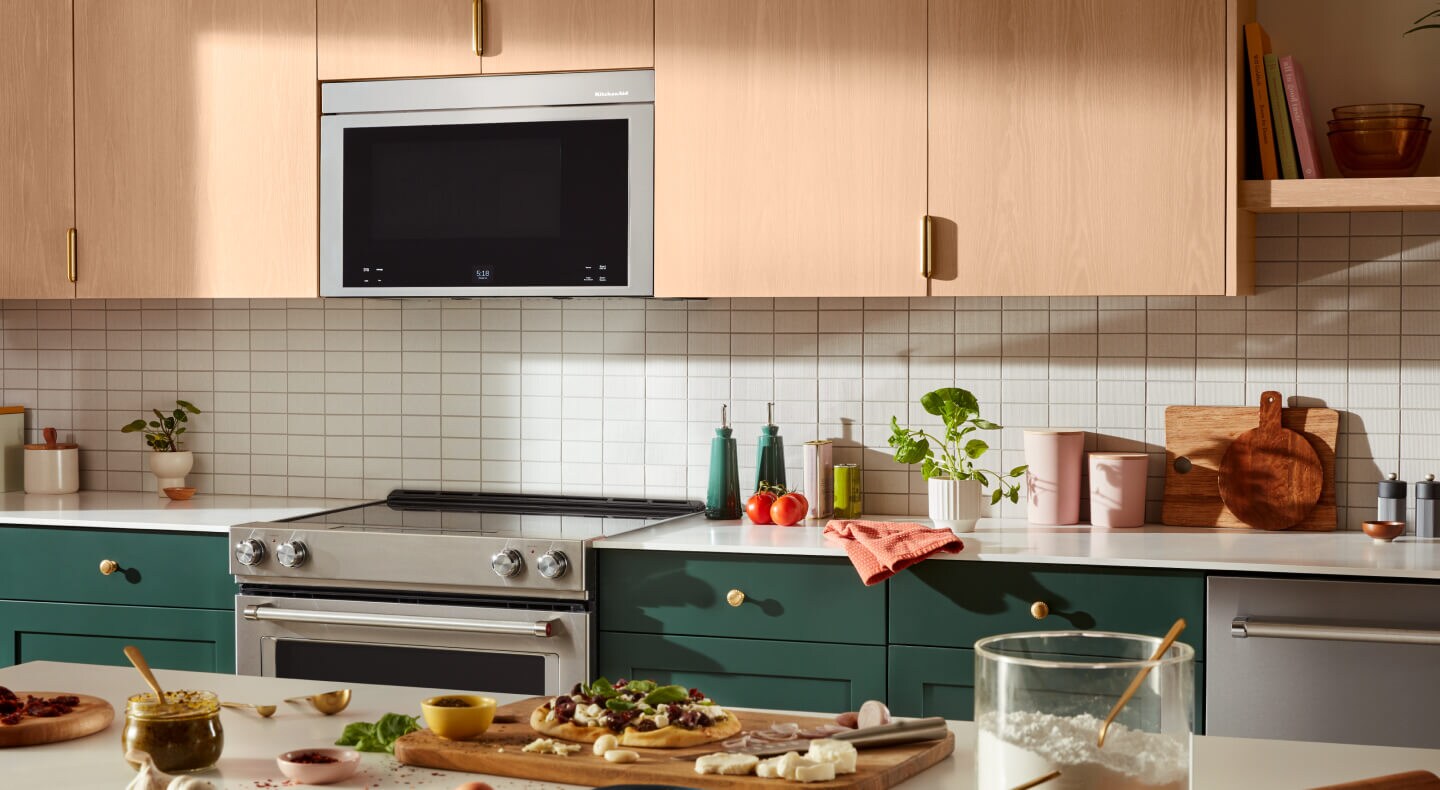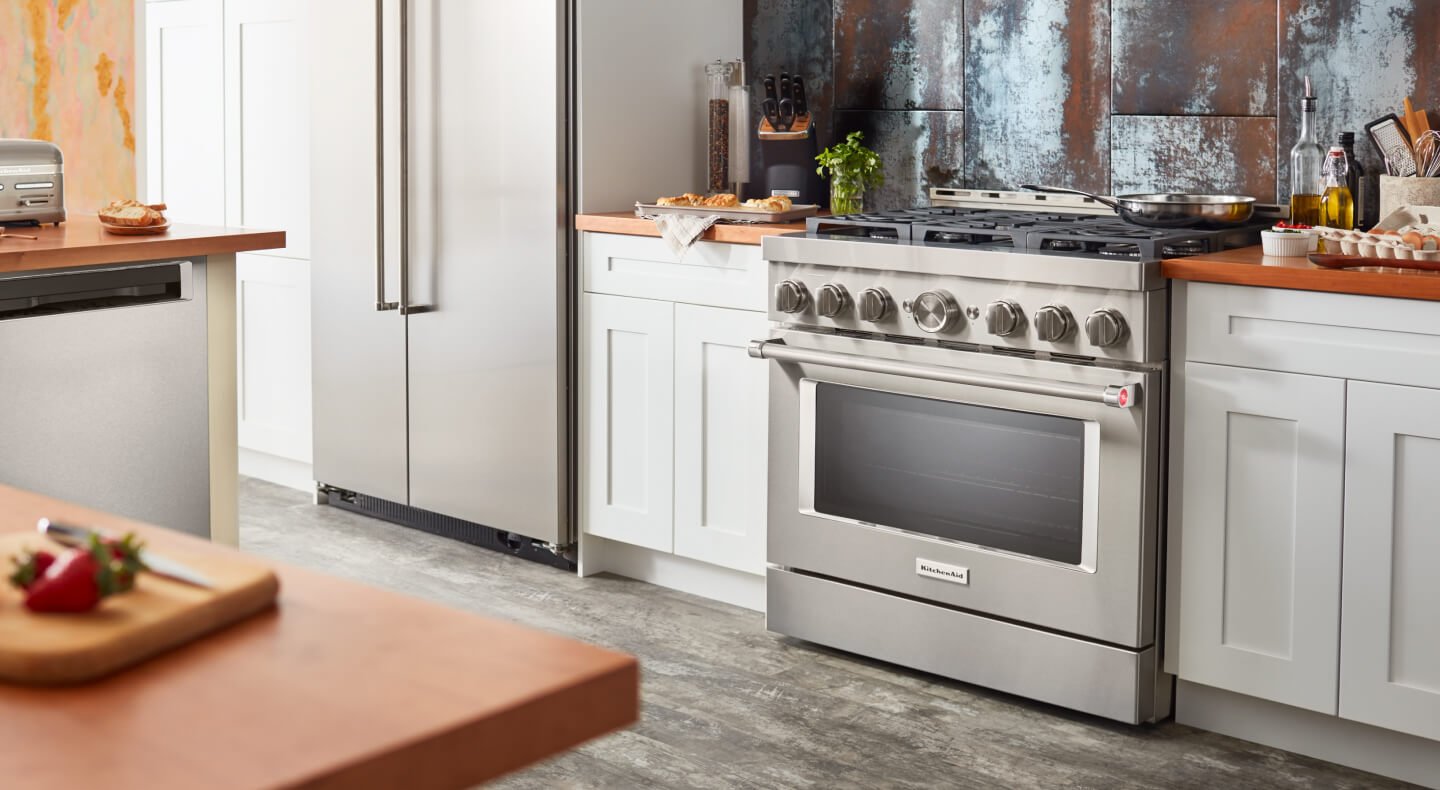
How to steam food: 4 methods
Whether it’s white basmati rice to pair with your dumplings, or flaky white fish as the main course, steaming is an elegant, yet simple cooking technique that invites culinary enthusiasts to experiment with texture, flavor and presentation. This low-effort method often delivers impressive results, keeping food’s natural color and nutrients front and center. Discover how to steam, explore four methods for steam cooking in your kitchen, and pick up expert tips for elevating everyday meals with a little help from steam.
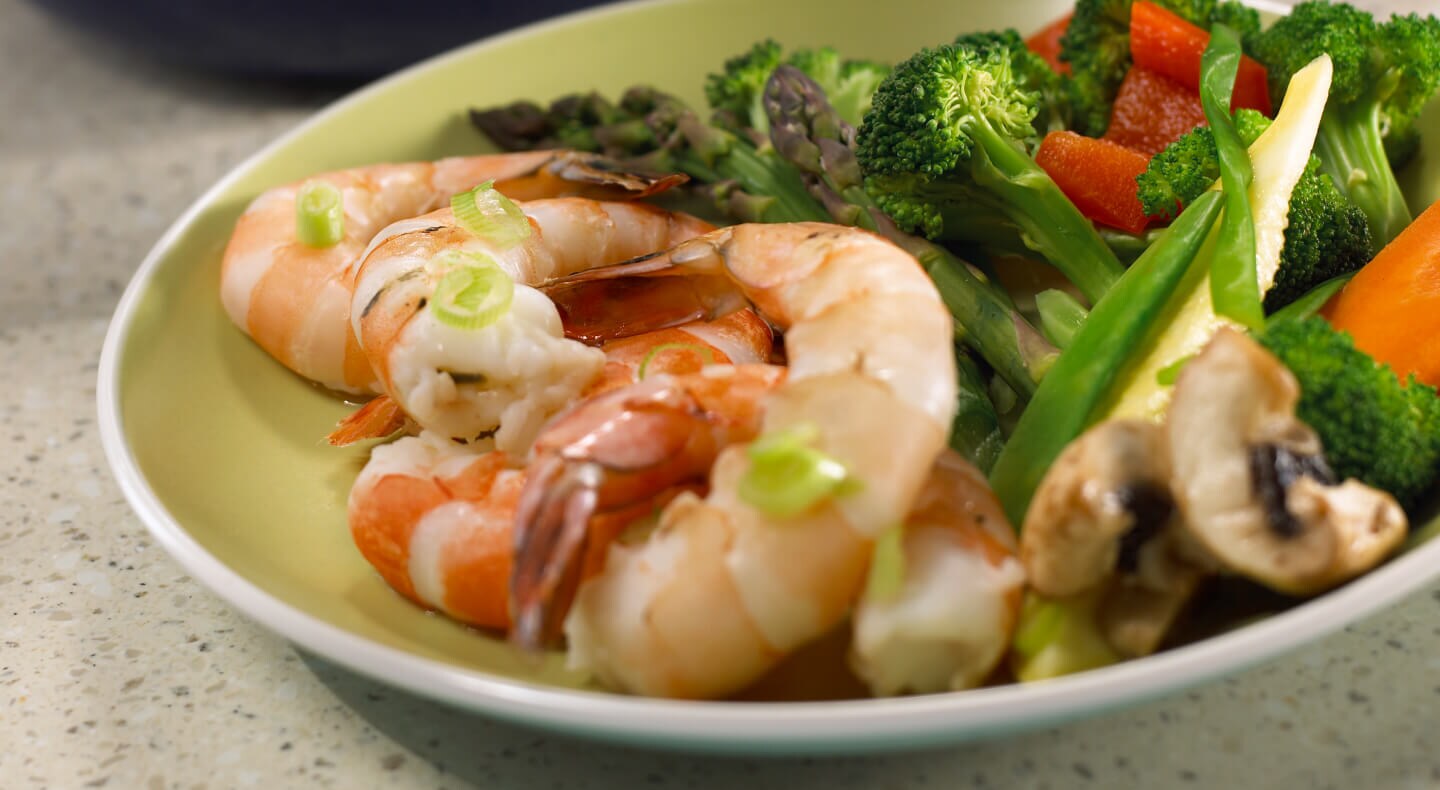
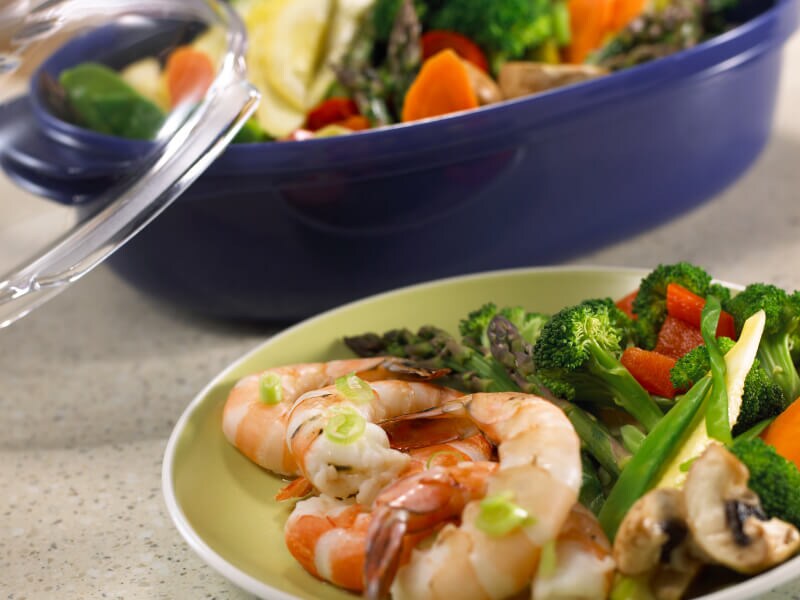
What is steaming and how does it work?
Steaming is a gentle, moist-heat technique where food cooks using heated vapor from simmering water. Rather than boiling ingredients submerged in liquid, steaming often suspends them above bubbling water, letting vapor permeate and transform food texture while helping to preserve nutrients and vibrant hues. Steam cooking is a time-honored approach to cooking—from bamboo baskets in Asia to modern smart ovens in contemporary kitchens.
Key benefits of steam cooking may include:
Nutrition: Steaming often helps retain vitamins and minerals that can leach out in boiling water.
Bright color and tender texture: Steaming helps here as well and can be great for vegetables and delicate proteins.
Versatility: You can steam a wide variety of foods, from veggies to dumplings or fish.
Whether you’re aiming to make great weeknight meals or host friends for dinner, understanding the art of steaming food can help expand your culinary horizons and give you a lot of options when it comes to making a delicious dinner.
How to steam food: 4 methods
For creative cooks, it’s inspiring to know that steam cooking is not limited to traditional steamer baskets. Below are four distinct ways to steam food—each with pros and cons for a unique experience.
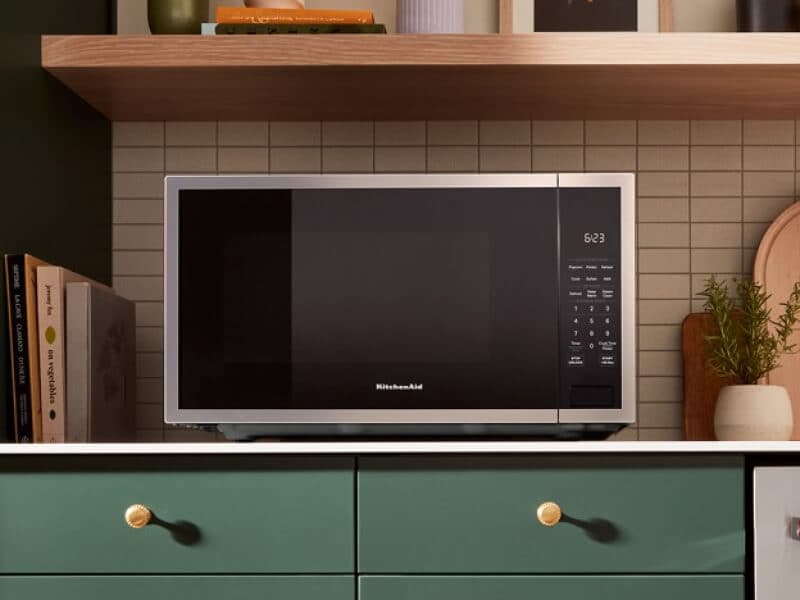
Method #1: Microwave steaming
Whether you’re steaming fish or veggies like broccoli and carrots, using your microwave can come in handy. Microwave steaming uses a microwave-safe bowl and lid such as this Microwave Steaming Container from KitchenAid brand. Simply add some water, cover, and microwave—this method is especially ideal for quick meal prep when you’re in a hurry.
Pros: This method is generally fast and mess-free, which is ideal for busy schedules.
Cons: Food texture may vary and the capacity of your microwave container may limit batches to smaller portions.
Shop KitchenAid® Microwaves
Whether you’re steaming broccoli or just reheating pizza, KitchenAid microwaves can help you with all your making in the kitchen. Select models are equipped with a variety of features like Sensor Functions, which automatically adjust the time needed to cook, reheat or defrost your food, removing the guesswork about power levels or cooking times.
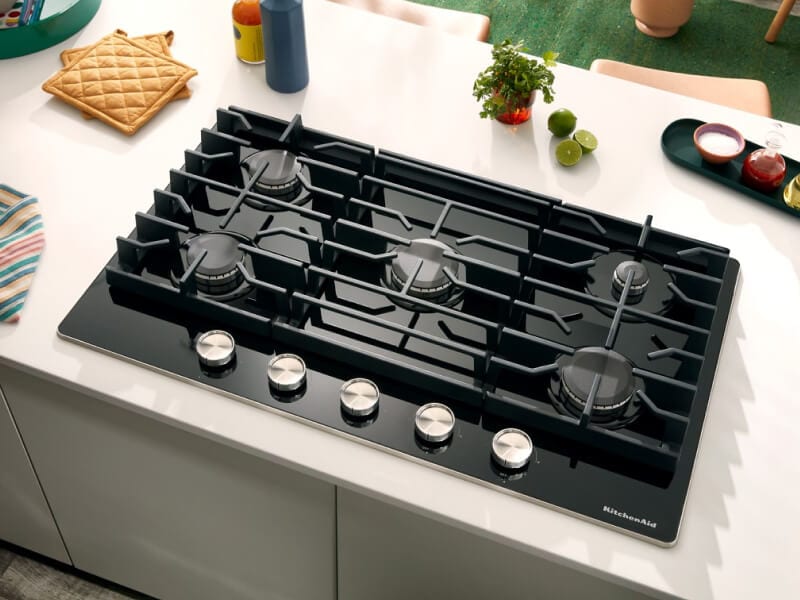
Method #2: Stovetop steaming
Your range or your cooktop is your trusty sidekick through many culinary adventures, and steaming can be one of them. When it comes to steaming food, the stovetop method relies on everyday cookware—a pot and a steamer (basket, strainer, or bamboo insert). Fill your pot with shallow water, bring it to a simmer, then position food inside the steamer, carefully above (not touching) the water.
Pros: This traditional method is accessible and suitable for a wide variety of food, including vegetables, dumplings and some seafood.
Cons: Lack of precise temperature control means occasional checking is required to avoid overcooking and make sure your pot doesn’t run dry.
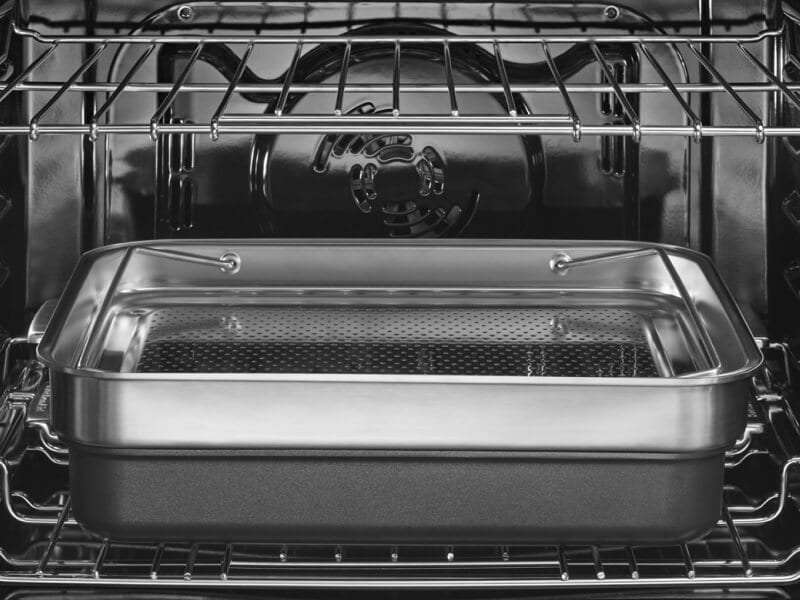
Method #3: Oven steaming
These days, some ovens—especially double wall units and smart models—feature built-in steaming capabilities. Directions vary, but in general, you simply prep ingredients, arrange them on a shallow tray and set your oven’s steam functions to desired levels. Check your oven’s user manual for more specific instructions about any steam settings for your specific model. Don’t have an oven with steam settings? Try tightly wrapping your steamable food in tinfoil with a bit of water and placing it on a cookie sheet in your oven. In a pinch, this method can be used for steaming nonacidic foods in your oven. Do not use this method in a microwave.
Pros: This method is often superb for batch cooking—steaming fish, grains or vegetables in one go.
Cons: If you don’t have an oven with steam settings, you may have to try using tinfoil to wrap and steam your nonacidic food instead.
Shop KitchenAid® wall ovens
Select KitchenAid® wall ovens open up possibilities for new culinary adventures—including steaming—in your kitchen. Models with Smart Oven+ Powered Attachments, such as this KitchenAid® wall oven, give you the option of using a steamer attachment to help you steam your favorite dishes right in your oven.
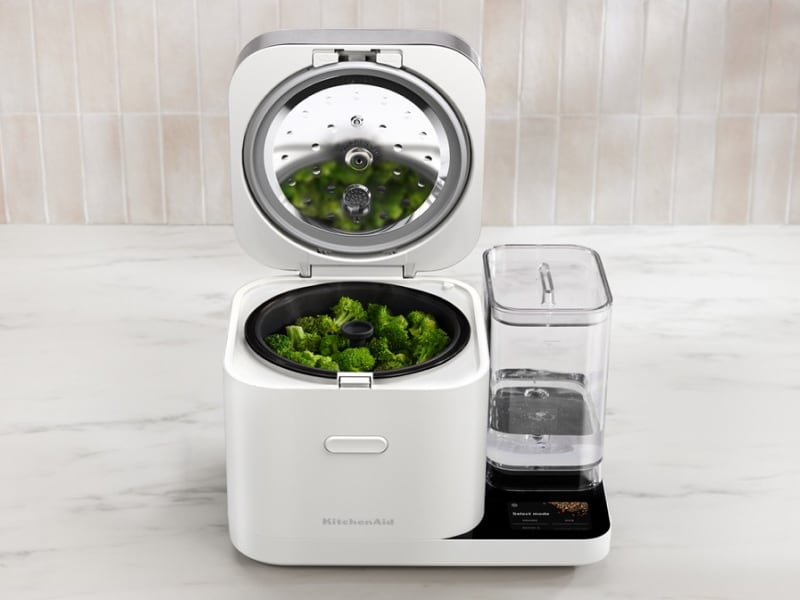
Method #4: Countertop appliance steamers
Some countertop appliances offer integrated steam functions. These may include compact steam ovens, multipurpose cookers or rice cookers. These vary by brand and type, as well as functionality. These units do take up some real estate on your kitchen counters, but can often help you get your steamed foods ready in time for company and are often specifically designed for that purpose.
Pros: These countertop appliances are often designed with steam solely in mind, and may be great for adventurous cooks who have the dedicated counter space.
Cons: The cost of an additional appliance as well as kitchen counter space considerations.
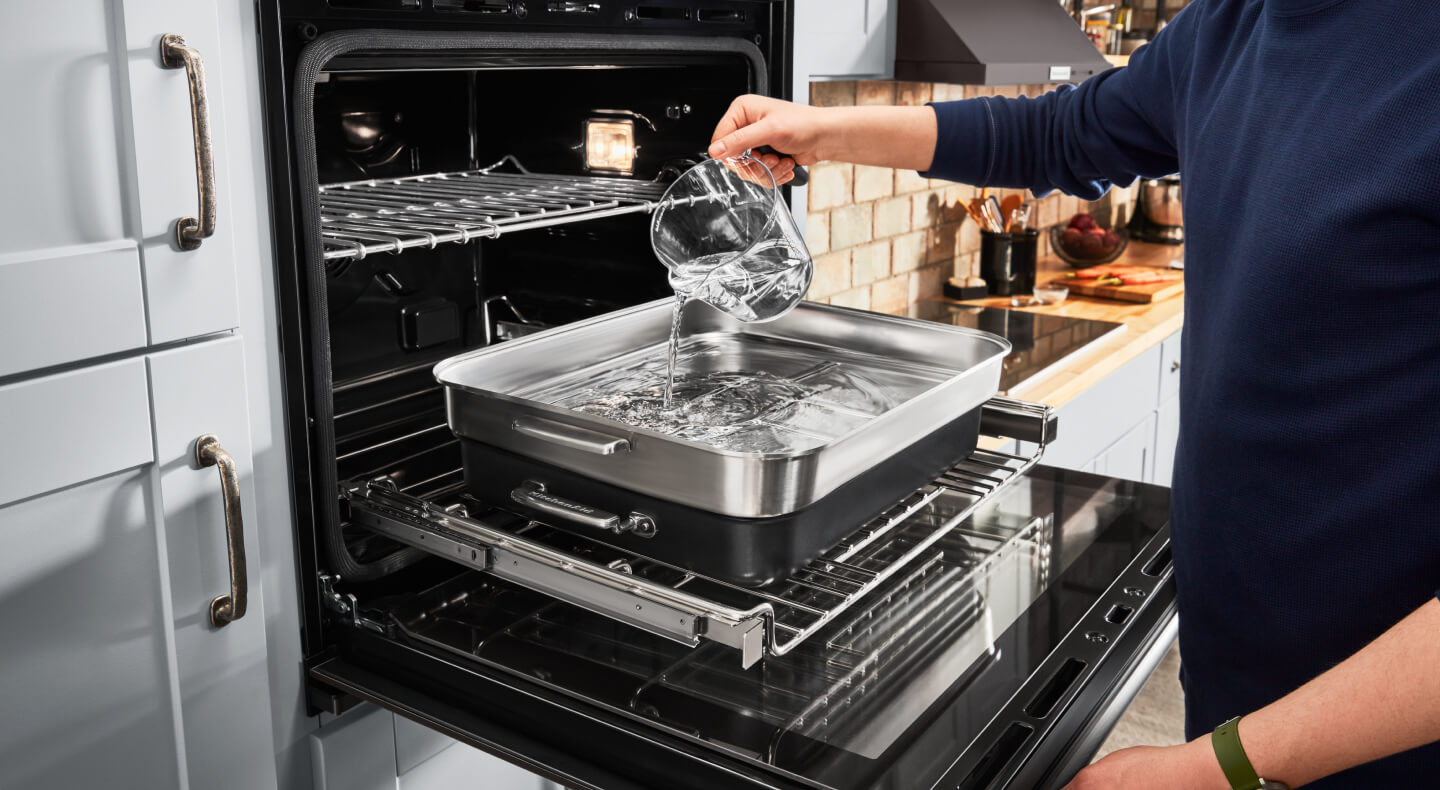
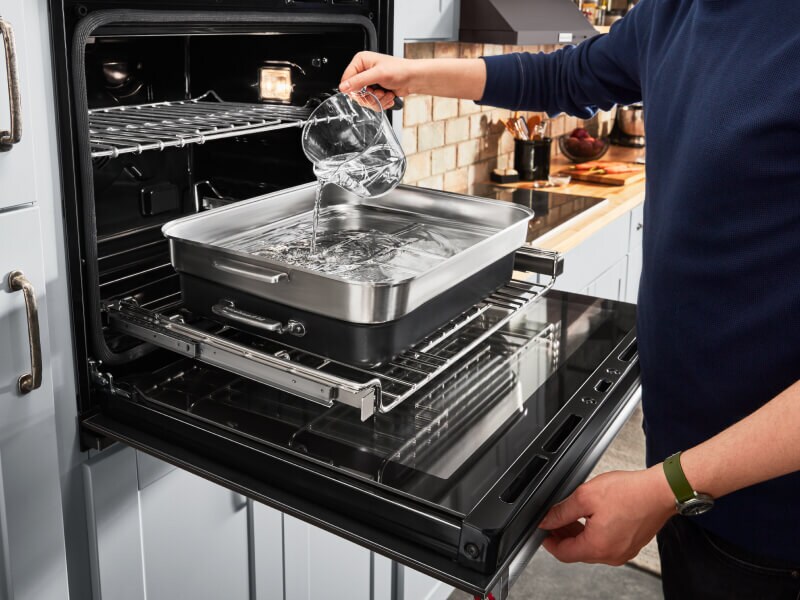
Steam cooking tips
Great results begin with careful prep and attention to detail. Whether using a basket, microwave, oven or countertop appliance, try these expert tips the next time you’re steaming food:
Uniform cuts: Slice vegetables and proteins into even pieces for more consistent cooking.
Watch water: Too much leads to soggy dishes; too little causes dryness. Keep an eye on the water level.
Cover securely: For steam to work, it needs to be trapped close to your food. Cover items securely and consider parchment or silicone liners for easy cleanup.
- Season creatively: For nuanced flavor, sprinkle herbs, citrus zest or spices on ingredients before steaming.
- Be careful: Steam is extremely hot, so be careful when handling dishes, especially when removing lids or coverings.
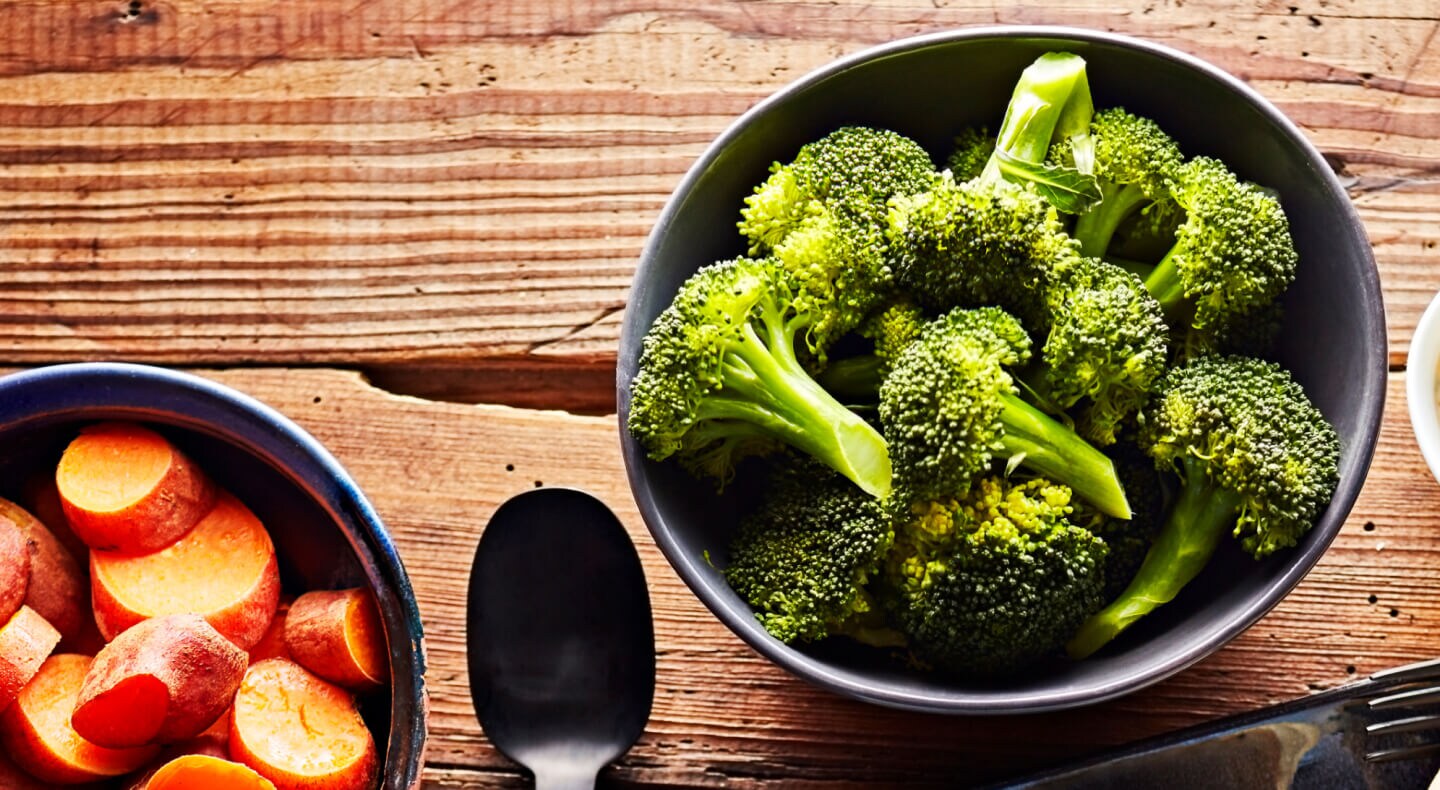
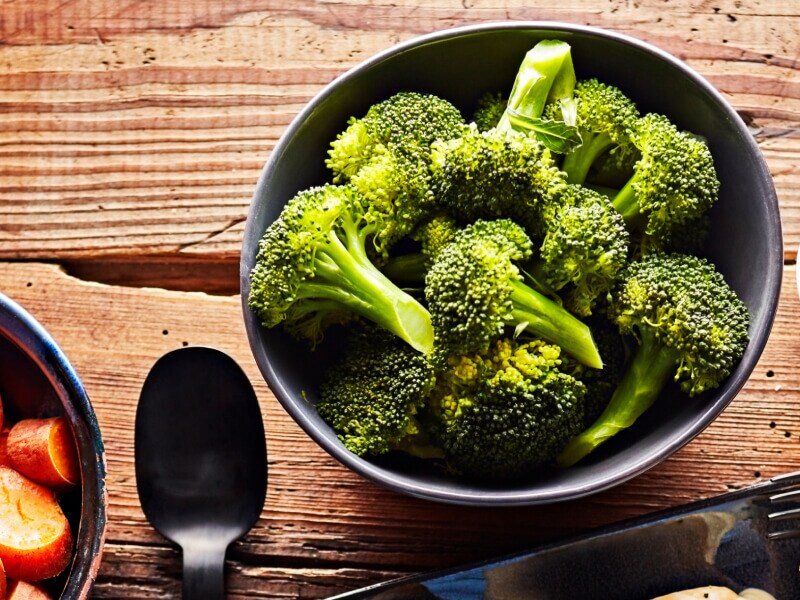
Foods that shine with steam cooking
Steaming is not just for broccoli. Explore these other ideas:
Green beans, asparagus, carrots and other vibrant veggies
White or brown rice
Lean proteins: salmon, cod or chicken breasts
Dumplings and buns
Eggs: delicate, custardy and full-flavored
Steamed creations often retain bold color and nutritional impact, making your plate pleasing to the eye and palate.
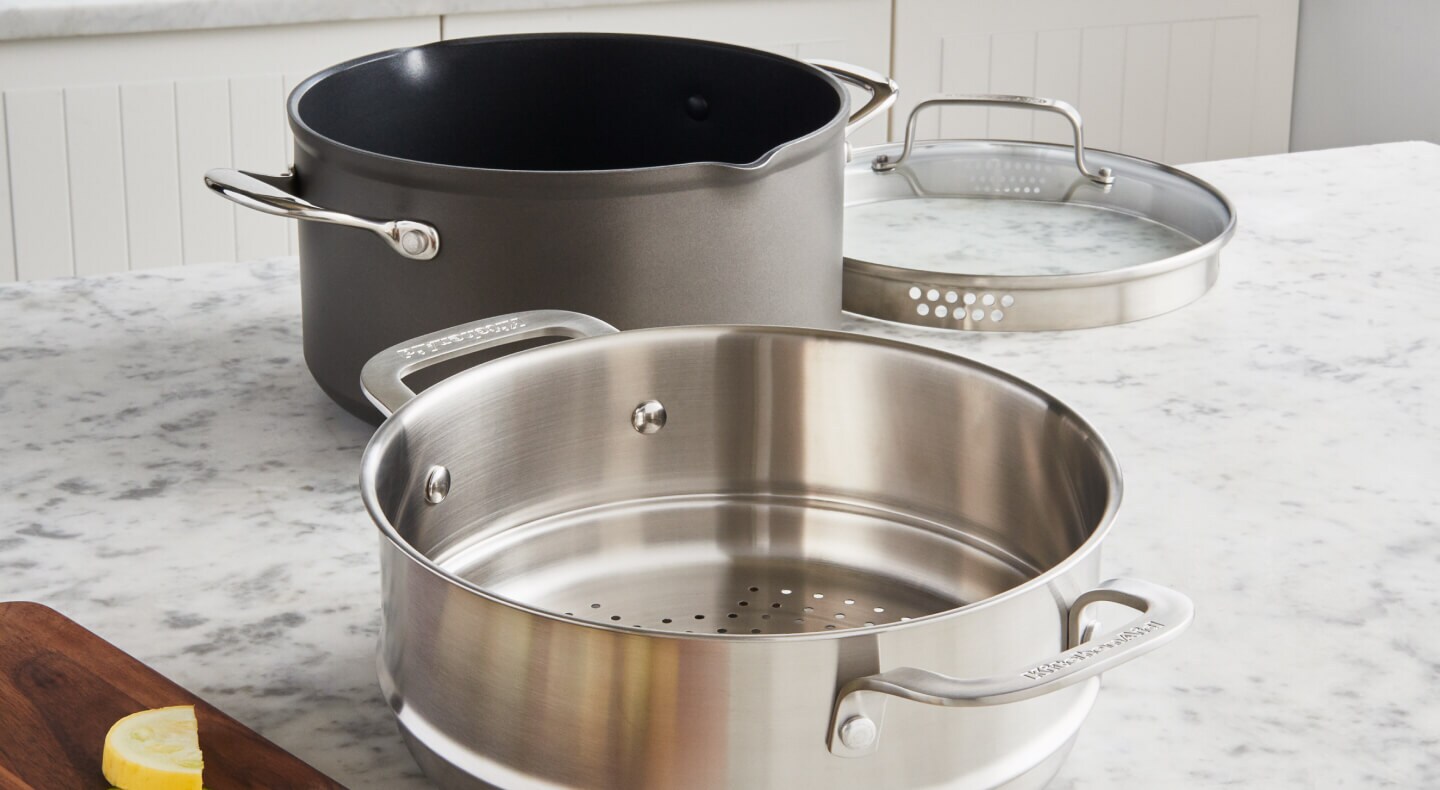
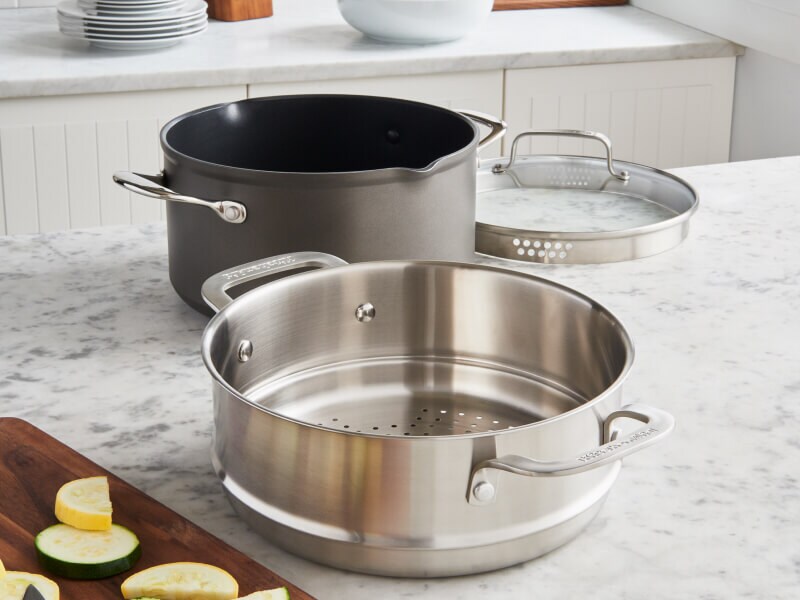
What’s the best way to steam?
When considering the best way to steam, factors like ingredient type, available equipment, and desired texture come into play. A lot of it comes down to personal preference. Traditional stovetop steaming in a basket often offers flexibility and direct control. Microwave steaming excels for convenience and speed, though portions may be small. Oven steaming suits batch cooking, which is great for entertaining or multitasking. Countertop steam appliances are often specifically designed for steaming, which may be ideal for culinary creatives seeking particular results.
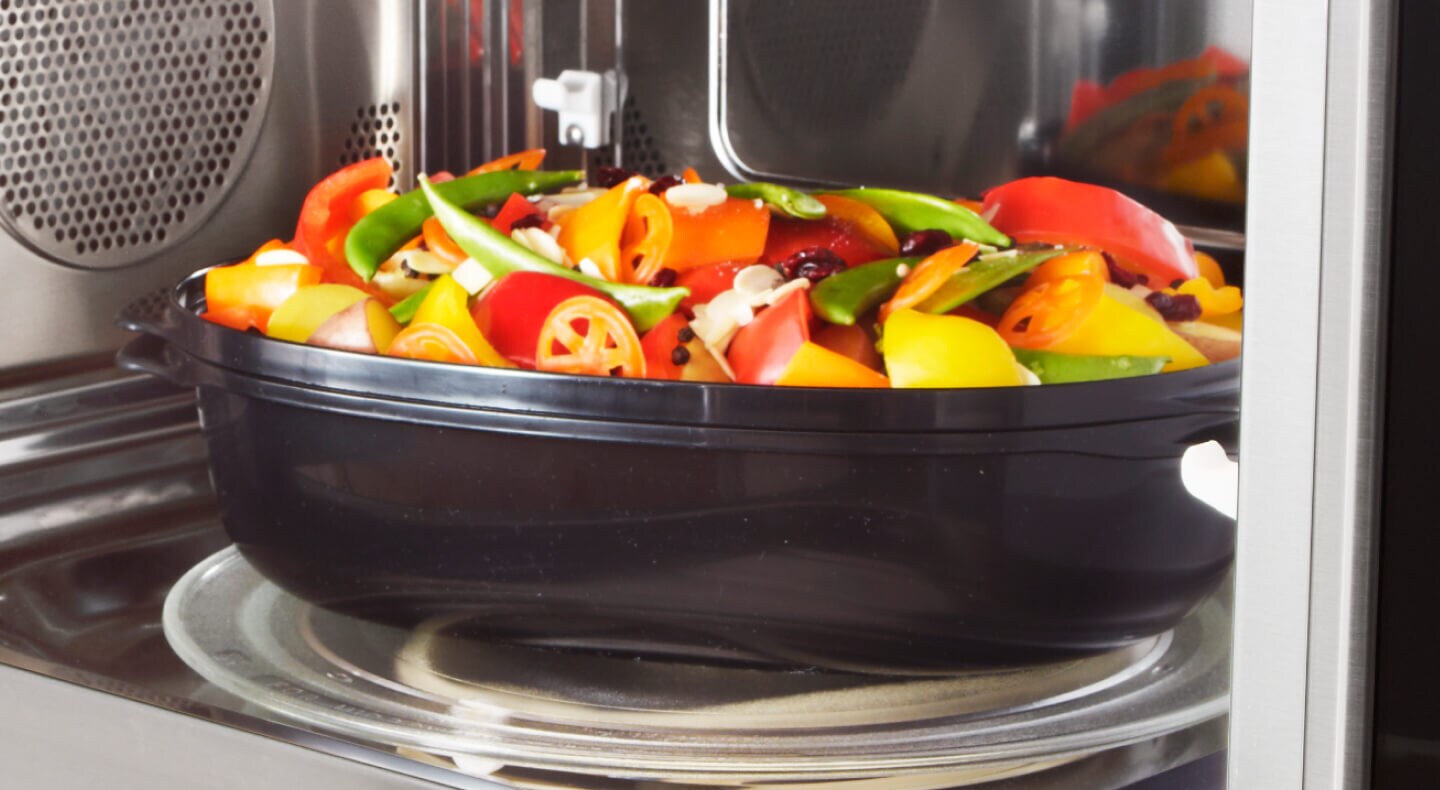
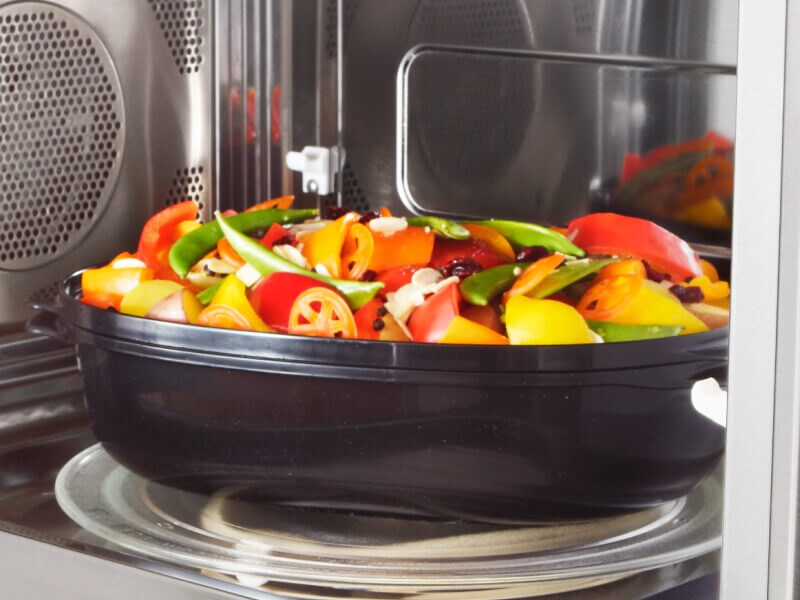
Is steaming a healthy cooking method?
Steaming is widely regarded as one of the healthiest ways to cook food. Because ingredients are cooked above water and not submerged, nutrient loss from leaching is minimized. Vitamins like C and B—often lost during boiling—are largely preserved. Steamed vegetables often maintain their vibrant color, crunch and nutritional density; while proteins like fish and chicken can remain moist and flavorful, if steamed correctly. The process requires little to no oil, making it a relatively healthy option.
In short, steam cooking can be an excellent choice for those pursuing nutritious, visually pleasing and delicious meals.
Can you steam without a basket?
Yes, steaming is possible even without a dedicated basket. On the stovetop, substitute with a heat-proof plate, wire rack, or a colander set above water in your pot. Ensure food sits above—not in—liquid, and use a tight-fitting lid to help trap steam. In the microwave, place ingredients in a covered bowl with a splash of water. For oven steaming, use dedicated steam settings or try tightly wrapping food in tinfoil and adding a little water before securing it closed and placing it on a cookie sheet. This method only works with nonacidic food and should not be attempted in a microwave.
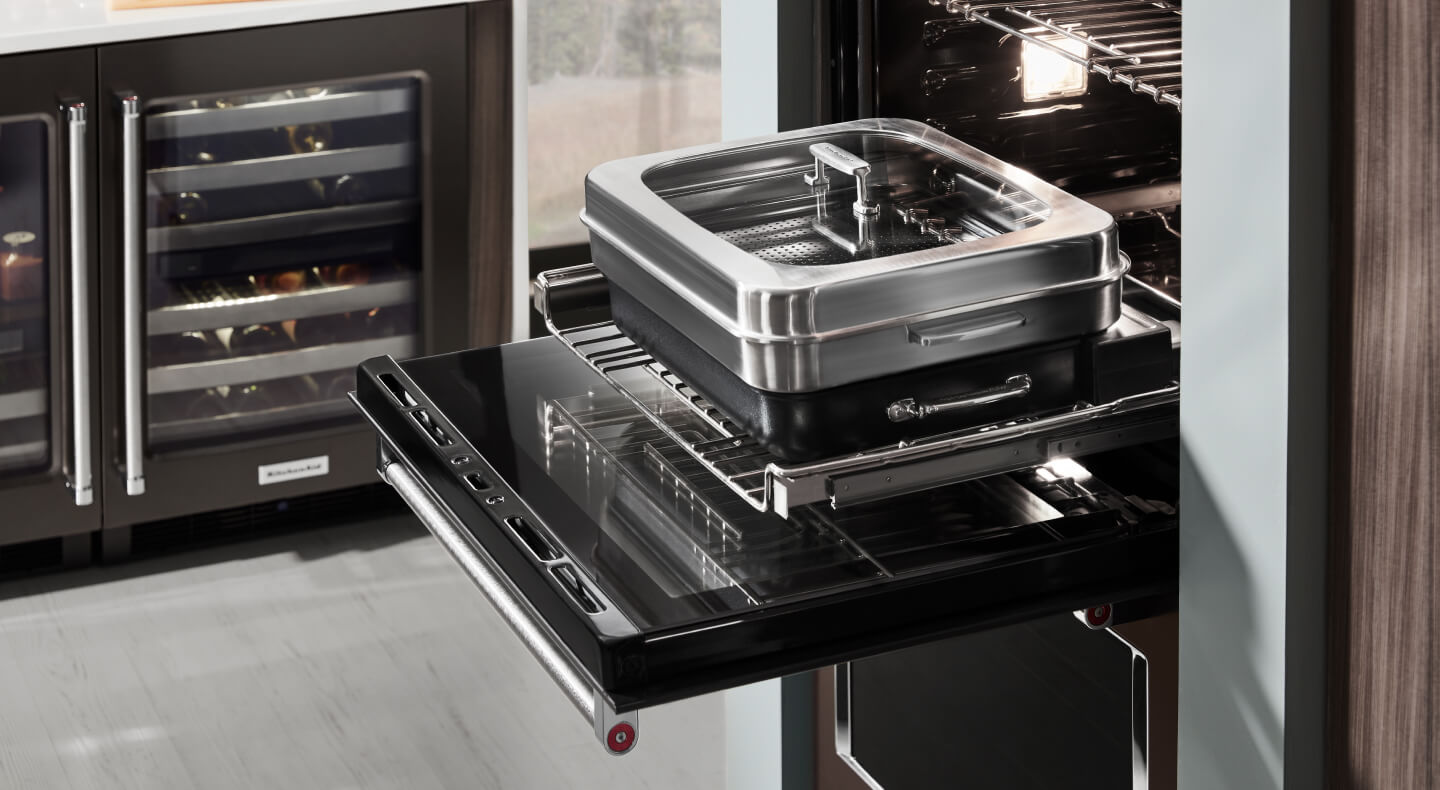
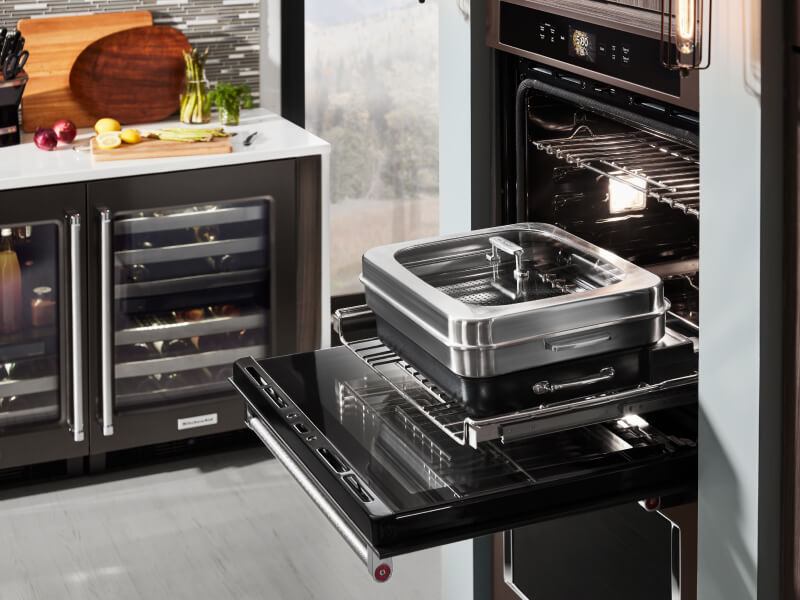
Your steam cooking experience
Steaming opens up many possibilities for passionate cooks. Whether you’re exploring traditional steaming baskets, leveraging your microwave, or incorporating modern ovens with steam features, each approach brings its own method and perks. By mastering different steaming techniques, culinary enthusiasts can cook up delicious meals, night after night.
